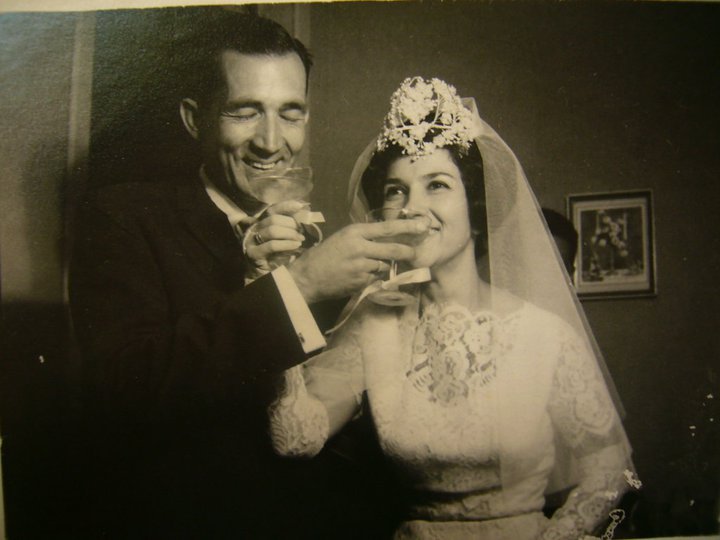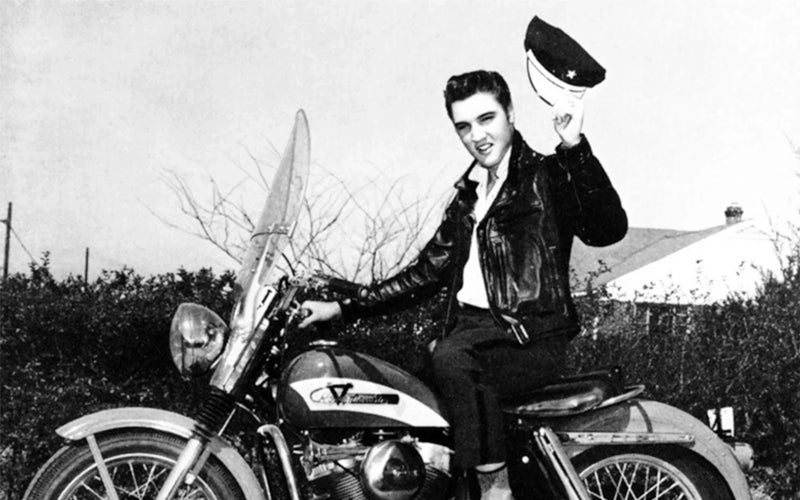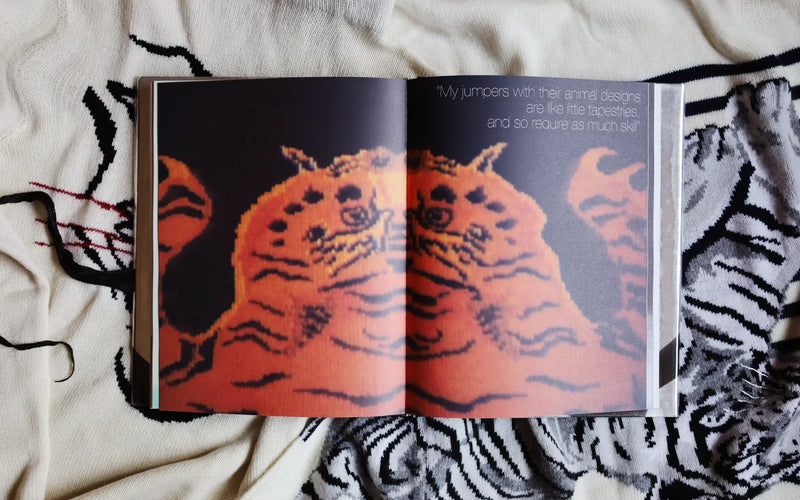
The dating game is changing at ultrasonic speed. To get married? You can but you shouldn't. In this era of fleeting relationships and dating apps, in which "single life" is presented as something to aspire to and no longer as a failure (fortunately), marriage appears anachronistic, something absolutely out of time. In particular, and it is important to clarify this, that between heterosexual couples, because instead that between same-sex couples is a recent achievement and, consequently, a victory with regards to equal rights. The way Western society is set up today, particularly in cities, people mostly live alone, fend for themselves and make decisions solely and exclusively about themselves based on their desires and needs. The triumph of individualism. But there is more: marriage was once considered an essential prerequisite for building a family, now, having finally eliminated the stigma of single mothers, it is only for those who wish to adopt since, at least in Italy, adoption is granted only to married couples (who knows why). Considering that, in general, people no longer have children - because "reproducing" is no longer considered essential but, above all, because raising children has become more and more expensive and help is becoming less and less - marriage further loses its meaning. Added to all this is divorce, a sacrosanct right that has literally saved the lives of millions of people, especially women, but which has inevitably also made the concept of marriage more ephemeral; once upon a time you got married and it was, for better or for worse, forever, today people tend to consider it more of a phase that, hopefully, will last forever but which is not necessarily the case.Yet, in all of this, there are those who go against the grain and continue to get married. Either because certain habits die hard, or because, as someone said, in this era in which everything goes fast, relationships end quickly, jobs, cities and partners change with an unprecedented frequency, and children have become a luxury, getting married is one of the most revolutionary acts one can perform. Given these premises, what is interesting or, at least surprising, is the fact that women continue to get married with the classic White Wedding Dress. The value, the meaning, the very concept of marriage has changed in a radical way, to say the least, but the white princess dress has remained; perhaps it has been modernized a little, the train and veil for example remain only a – questionable – memory, the silhouettes have become cleaner and the shapes more minimal, even the skirt has become shorter, sometimes becoming mini, but it remains however, the idea of a dress that is dramatically different from those you usually wear. A unique dress, to be used only once in a lifetime. This combination - white + dress to be used only once - makes everything even more outdated. Discourses related to sustainability are occupying increasingly central roles in the world of fashion, and consumers themselves, albeit slowly, are moving towards more conscious sartorial choices. The concept of "once in a lifetime dress", although perhaps produced in an ethical manner, really clashes with the very principle of sustainability. And then there is white: the demand for wedding dresses in different colors shows no signs of growing, on the contrary, white is "infesting" even countries such as India and China which have very colorful tailoring and wedding traditions behind them.


The wedding dress has not always been white, and it has not always been a category of dresses in itself. For centuries women have married wearing elegant dresses, of any shape and color, which simply reflected fashion trends. The first documented white wedding dress dates back to 1406 and belonged to Princess Philippa, daughter of Henry IV of England. A century and a half later, Mary Stuart, crowned Queen of Scots at just nine months old, chose a white dress for her wedding with Francis II of France in 1558, going against all good omens: white for the French royals it was the color of mourning. But only following Queen Victoria's marriage to her first cousin, getting married in white became a custom, together with the idea that the whiteness of the dress represents the purity (i.e. virginity) of the bride. Having established that, nowadays, in the West, women who arrive at marriage as virgins are truly a minimal percentage, and that Queen Victoria married in 1840, this persistence of whiteness in 2022 is truly rather incomprehensible. A possible explanation, a little less banal than the usual "We all want a princess day with a princess dress" with which we usually tend to dismiss the matter even though it is often absolutely not true, lies in love. for tradition. Not the tradition in general, but the specific one of our family. We marry white because our mothers, our grandmothers and our great-grandmothers married white; we saw the photos of those weddings, with those women cocooned in creations that looked more like gigantic shrouds than dresses, we saw the dresses themselves, buried under tons of mothballs but still preserved with love, like promises of joy and memories of youth .And it matters little if the marriages that led to our birth were not always as happy and long-lasting as we hoped, the promise was that, the memory is that, the smell of mothballs is not enough to erase the smell of dreams. Once upon a time, we used to exhume our mother's wedding dress, fix it a little, and off we went to the altar. Now it is no longer done: partly it is not certain that the tastes of our parents correspond to ours, and this is legitimate, partly the idea that the wedding dress must be new, very expensive, and reflect the latest trends, although it is clear that bridal follows separate trends that have little to do with those of ready to wear. Furthermore, it seems that now you have to have two or three clothes, to change during the evening like celebrities do. The good news is that none of this is mandatory. At this point, however, if we really get married - in white - for the love of these ghosts in tulle and Chantilly lace that populate the walls of our parents' houses and the attics of our grandmothers, and if the dresses of our ancestors really seem to us impossible, the most logical, sustainable and, last but not least, fashionable choice is purchasing a vintage dress. After all, it is precisely in these clothes, often sartorial masterpieces executed with techniques that no one knows anymore and made in fabrics that are now unobtainable, that the history of marriage is contained. In the bodices, in the embroidery, in the impalpable fabrics, in the silhouettes that retrace the history of fashion. A "new" dress, understood as only ours, and at the same time rich in tradition, which, being already in circulation, does not impact the environment but rather reduces, or at least delays, the production of waste. In this way there is not only the collection of this or that atelier to draw from, but the entire history of costume, which can be adapted to suit one's own tastes, with the hope that one day our daughters will do the same. If we talk about styles and trends, a "vintage wedding" also offers guests the opportunity to use archive items instead of resorting to new ones or, in the absence of funds, fast fashion. Not just clothes: petticoats, dressing gowns, nightgowns, 1920s kimonos, fringed shawls...the entire vintage repertoire can give life to an elegant, precious and unconventional formal dress. And so an event that is actually based on tradition becomes a chic, original and sustainable representation of tradition itself. Fashions pass, the wedding day too, but beauty remains. The old English adage goes: something old, something new, something borrowed, something blue. Who said that the dress shouldn't be old?





